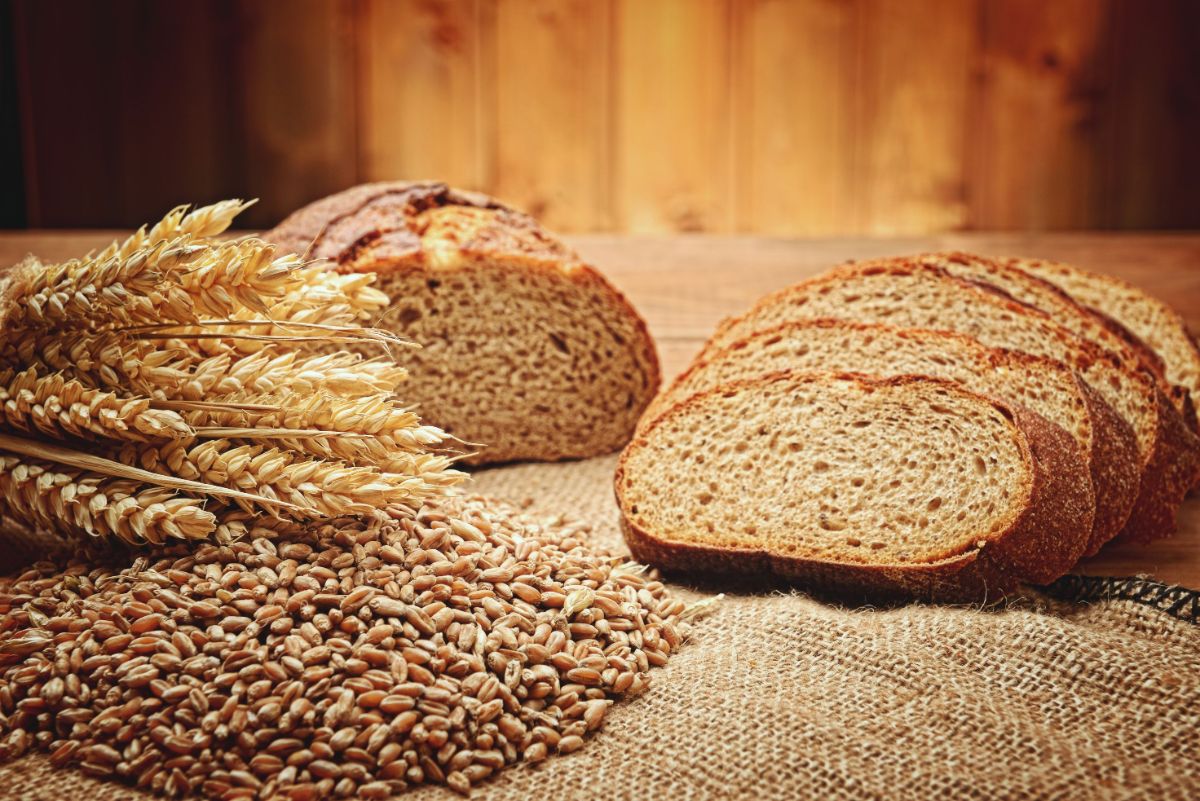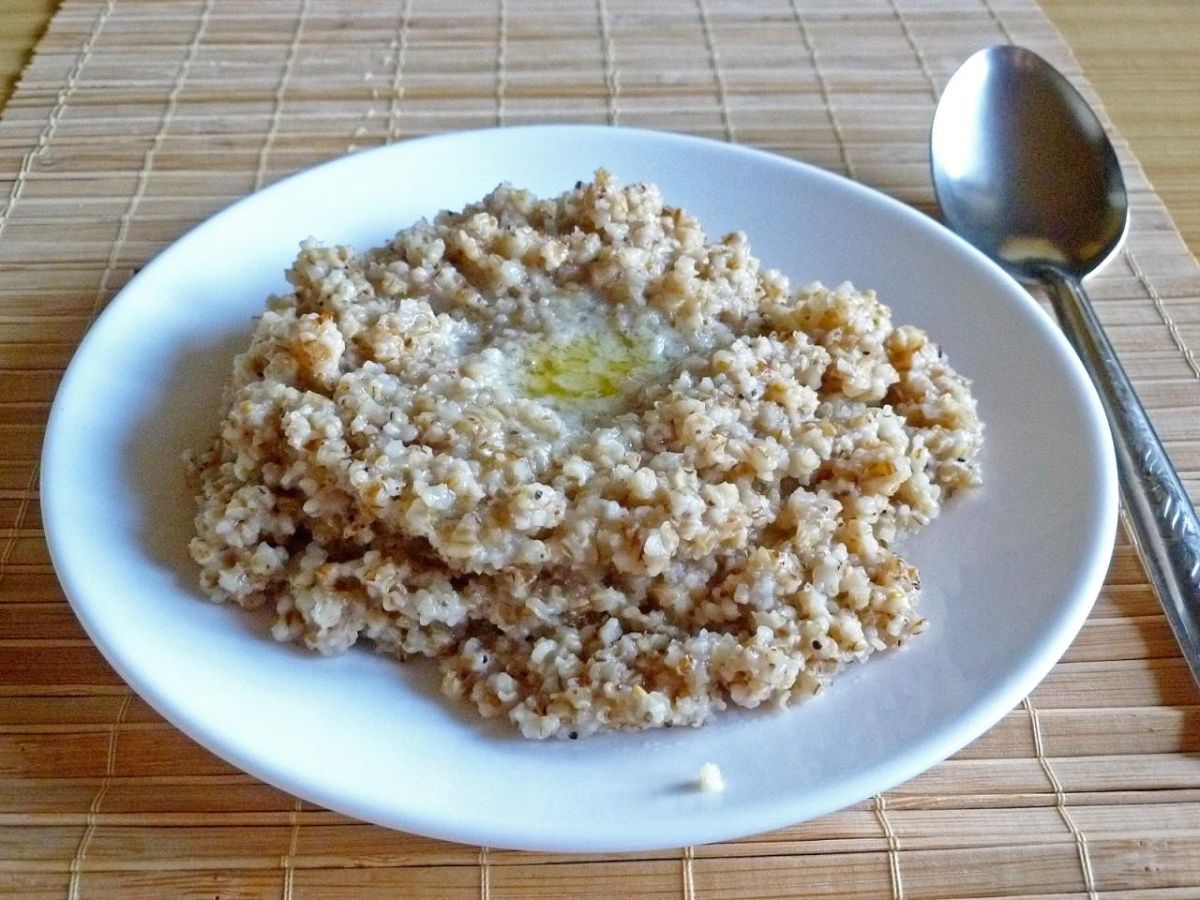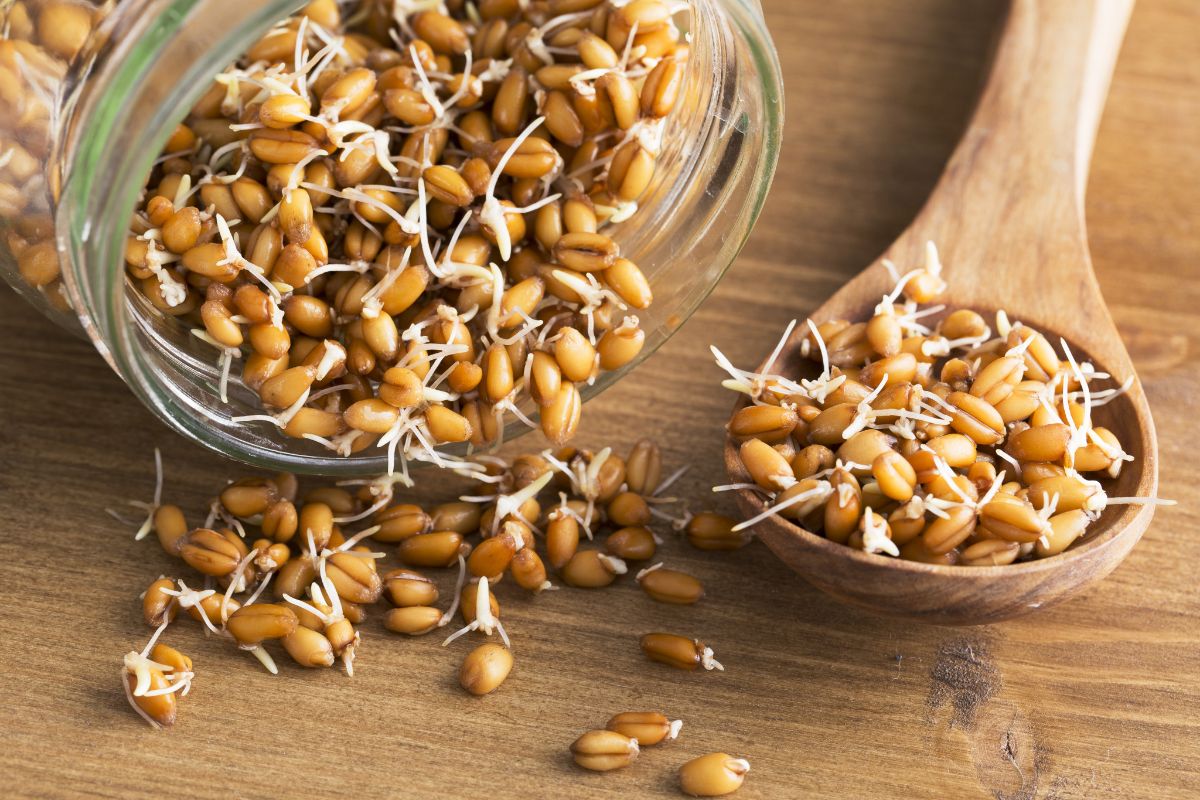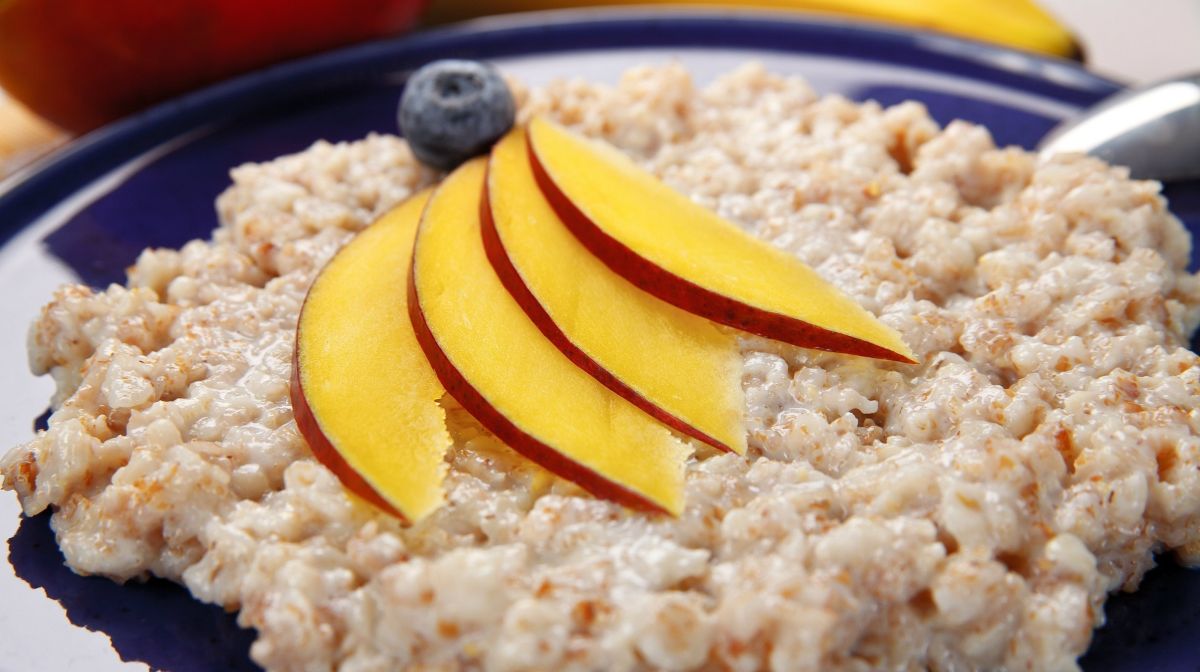The benefits and harms of quinoa — 6 proven facts about the health effects of cereals
Quinoa (quinoa, rice quinoa) is a pseudo–grain flowering plant, the seeds of which are extremely popular among supporters of a healthy diet.
The plant does not contain gluten, has a lot of protein in its composition and is one of the few plant products containing sufficient amounts of all nine essential amino acids.
Quinoa groats have a number of proven beneficial properties for humans and are included in diets aimed at weight loss, prevention of cardiovascular diseases and improvement of the body as a whole.
Content
What is quinoa?
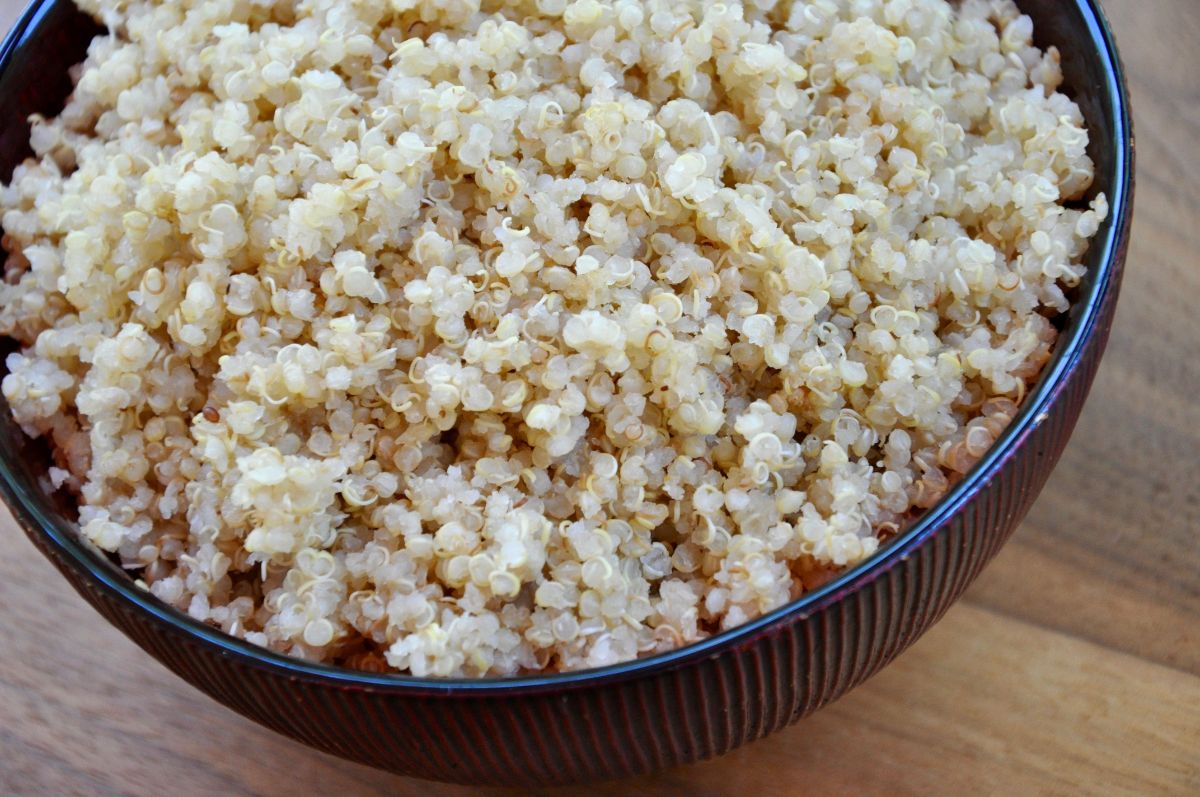
Quinoa is a pseudo–grain crop common in South America. It surpasses all cereal plants in protein content, and its amino acid composition is close to milk. Quinoa contains all 20 essential amino acids that are essential for the human body.
Only quinoa seeds are eaten. They look like buckwheat grains, but have different colors. The following varieties are most common:
- White. Have a soft structure and cook quickly.
- Red. Have a rigid structure, ideal for adding to salads.
- Black. Are considered the sweetest and most nutritious, characterized by long cooking.
The most popular quinoa dish is porridge. It resembles rice in appearance. Baked goods, pasta are also prepared from seeds, they are added to various desserts, salads and soups.
How it is useful – 6 facts
6 theses on the benefits of quinoa for our health are discussed in detail below (based on the evidence base).
1. It has an extremely rich composition
Quinoa has a fairly high calorie content (about 378 calories) and contains contains the following nutrients:
| Name of the substance | Percentage of daily requirement (per 100 grams) |
| proteins | 19 % |
| dietary fiber | 35 % |
| Vitamin B1 | 24 % |
| Vitamin B2 | 18 % |
| Vitamin B4 | 14 % |
| Vitamin B5 | 15 % |
| Vitamin B6 | 24 % |
| Vitamin B9 | 46 % |
| Vitamin E | 16 % |
| Vitamin PP | 8 % |
| potassium | 23 % |
| calcium | 5 % |
| magnesium | 49 % |
| phosphorus | 57 % |
| iron | 25 % |
| manganese | 102 % |
| copper | 59 % |
| selenium | 16 % |
| zinc | 26 % |
| Omega-3 fatty acids | 34 % |
Quinoa seeds do not contain gluten and are not a genetically modified product. Due to the almost perfectly balanced composition, NASA experts consider rice quinoa as a worthy dish for astronauts to eat.
2. It has an antioxidant effect
 Quinoa contains a lot of antioxidants. They inhibit chronic inflammation and neutralize free radical mechanisms.
Quinoa contains a lot of antioxidants. They inhibit chronic inflammation and neutralize free radical mechanisms.
It is these pathological processes that are associated with the development of chronic diseases, malignant tumors and aging of the body.
The most effective antioxidant of quinoa is quercetin. It should be noted that quercetin is a well–studied plant compound. It is able to have the following effects on the human body:
- Anti-inflammatory ;
- Antiviral ;
- Antitumor ;
- Antidepressant.
Due to its antioxidant effects, regular consumption of quinoa is associated with a low incidence of chronic diseases (hypertension, coronary heart disease, type II diabetes mellitus) and cancer.
3. Helps to lose weight
 Despite its high calorie content, quinoa has a number of advantages that can significantly help you lose weight.
Despite its high calorie content, quinoa has a number of advantages that can significantly help you lose weight.
Dutch specialists claim that proteins, which abound in the plant, accelerate metabolism in general and inhibit the feeling of appetite, as they interfere with the hormonal processes of hunger regulation.
Fiber plays an equally important role . Dietary fiber causes mechanical stretching of the stomach tissues, which reflexively causes the oppression of hunger. As a result, the craving for food disappears for several hours. Similar information lead experts from the USA.
Dietary fiber also slows down the absorption of nutrients from the intestine and blocks the absorption of certain fats.
Quinoa can be included in diets aimed at losing weight or maintaining body weight in both men and women.
4. Prevents iron deficiency anemia
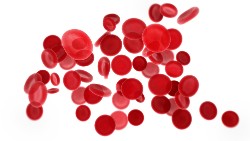 Anemia is a pathological condition caused by a decrease in blood red blood cells
and (or)
hemoglobin
.
Anemia is a pathological condition caused by a decrease in blood red blood cells
and (or)
hemoglobin
.
The most common cause of deviation is iron deficiency due to various factors: chronic blood loss, inadequate nutrition, diseases of the bone marrow and gastrointestinal tract.
Quinoa grains are a fairly rich source of iron.
According to the data of the National Institutes of Health of the USA, the regular inclusion in the diet of any animal or plant foods rich in iron is the basis for the prevention of iron deficiency anemia.
The plant is especially recommended for the elderly, when the highest incidence of this disease is observed.
5. Prevents the development of type II diabetes mellitus
 Grits possesses
low glycemic index. This means that it does not cause sudden spikes in blood sugar after consumption.
Grits possesses
low glycemic index. This means that it does not cause sudden spikes in blood sugar after consumption.
Additionally, quinoa contains magnesium and dietary fiber , which increase the sensitivity of insulin receptors in muscle and adipose tissue cells. As a result, the cells begin to efficiently consume glucose, reducing its level in the blood.
German specialists claim that dietary fiber contributes to the prevention and even therapy (in conjunction with medications) of type II diabetes mellitus.
6. Reduces blood cholesterol and blood pressure
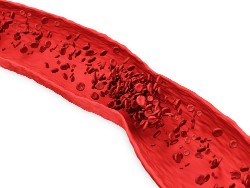 According to the data
by Canadian researchers, quinoa normalizes blood lipid profile parameters. Cereal reduces the concentration of total cholesterol and its atherogenic fractions (TAG and LDL, VLDL), increases the level of "useful" (HDL).
According to the data
by Canadian researchers, quinoa normalizes blood lipid profile parameters. Cereal reduces the concentration of total cholesterol and its atherogenic fractions (TAG and LDL, VLDL), increases the level of "useful" (HDL).
As a result, there are no prerequisites for the formation of atherosclerotic plaques on the walls of arteries and diseases such as coronary heart disease, myocardial infarction, stroke do not develop.
Due to the presence of sufficiently large amounts of magnesium, fiber and potassium in the composition, quinoa grains can reduce blood pressure and be used to prevent the development and additional control of the course of hypertension.
Potential harm
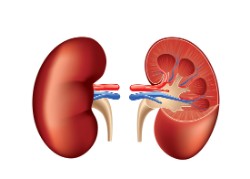 Quinoa has contraindications and can be harmful to health, especially if consumed excessively. The most common side effects include:
Quinoa has contraindications and can be harmful to health, especially if consumed excessively. The most common side effects include:
- Formation of kidney stones. Quinoa seeds are rich in oxalates. Such substances increase the risk of concretions in the lumen of the urinary system several times. It is better for people who already have urolithiasis to abandon the product.
- Dyspeptic disorders. An abundance of fiber in the intestine can lead to activation of fermentation and putrefaction processes and a number of pathological symptoms: nausea, bloating, increased gas production, spastic pain in the lower abdomen, stele changes (more often – diarrhea, less often – constipation).
- Exacerbation of chronic pathologies of the gastrointestinal tract. Quinoa is rich in saponins. These substances irritate the mucous membranes and can provoke an exacerbation of chronic gastritis, duodenitis, peptic ulcer, GERD.
- Allergic reactions. The scientific literature does not describe cases of sensitization of the body to plant proteins. However, it is not necessary to exclude the possibility of allergopathology.
Method of preparation and reception
The classic way of cooking quinoa is boiling, which allows you to preserve the maximum of valuable substances. However, the seeds require proper pre-preparation, which is as follows:
- Seed washing. During this process, most of the saponins that cause damage to the mucous membranes of the digestive system are removed.
- Soaking. Allows you to eliminate the rest of the saponins. It is recommended to leave quinoa in water for 8-12 hours. Then the seeds are washed again.
For boiled quinoa you will need:
- 100 grams of quinoa seeds;
- 200-200 ml of water.
How to cook:
- Put the grits in an enameled saucepan. Add cold water. During the cooking process, the volume of seeds increases by about 4 times, therefore, it is necessary to select a suitable sized dish.
- Bring the water to a boil.
- Cook over low heat for about 15-20 minutes. The cooking time depends on the type of seeds (white – 15 minutes, red – 15-17 minutes, black – from 20 minutes).
- Cover the dish with a lid, wrap with a towel and let it brew for 30 minutes.
- Porridge of boiled quinoa seeds is ready.
Porridge goes well with vegetables, poultry meat, various pasta sauces.
It is recommended to take no more than 100-150 grams of quinoa 2-3 times a week. This is enough to realize the biological potential.
Conclusion
Thus, quinoa combines a number of valuable vitamins, minerals, antioxidants and dietary fiber, and has a balanced amino acid composition.
With regular use, the plant can improve the health of the cardiovascular, endocrine and digestive systems, reduce the risk of malignant neoplasms and provide significant assistance in weight loss.
